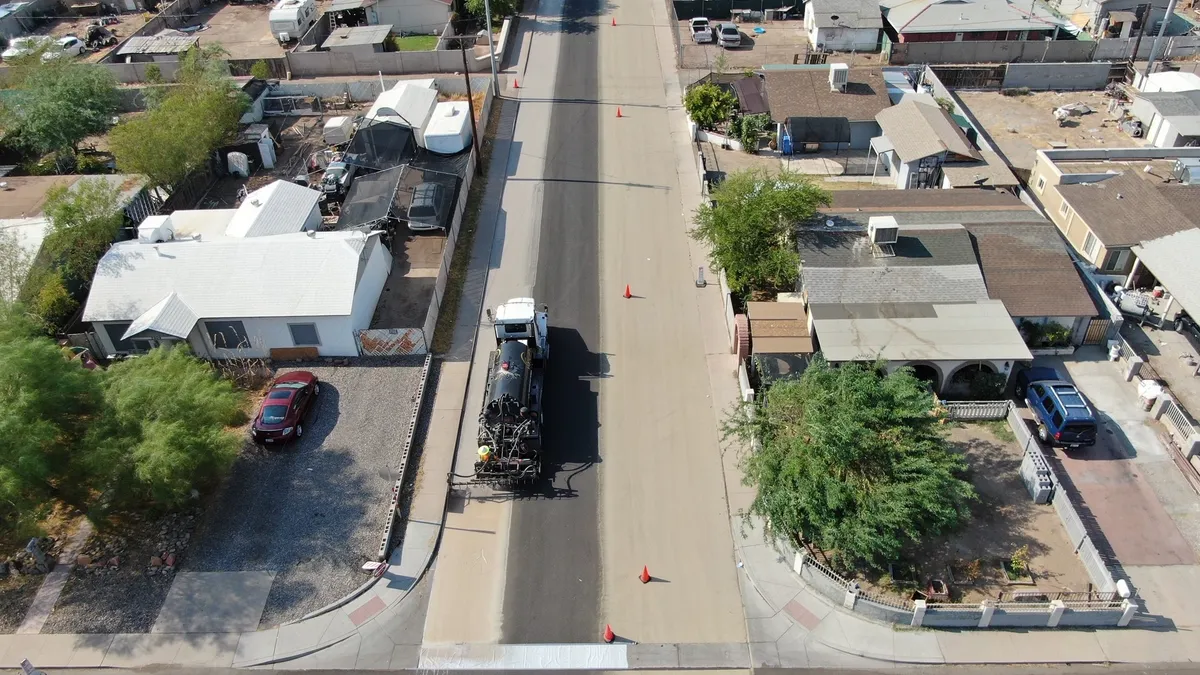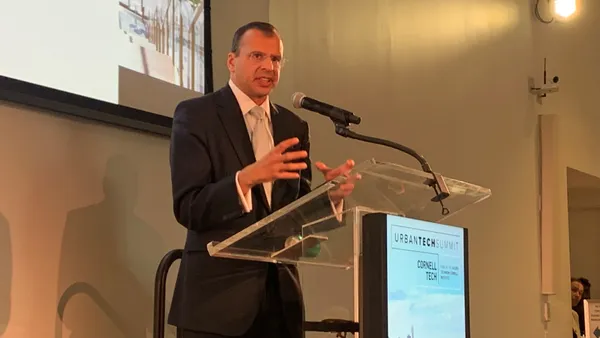Across the nation, there is a revolution happening. It is quiet, but steadily catching fire. And just like most revolutions, this one is changing lives.
In the Los Angeles area, there lies cities famous for their affluence, including one of the most famous and wealthy zip codes in the US: Beverly Hills, 90210. Here, it is not uncommon to spot designer stores, cars worth more than a mortgage, and mansions that span city blocks. But adjacent to this abundance, there are areas where life carries on in a completely opposite fashion – areas ridden with distress and poverty.
This is where the story of Moses begins.
The Story of Moses
One Monday evening, representatives gathered in Los Angeles to discuss workforce initiatives targeted towards disadvantaged individuals in the Crenshaw district of LA, an area known for poverty and economic depression. Among them was a woman named Isabel. As the meeting came to a close, Isabel was approached by the meeting host and was asked if she could meet a young man who was in desperate need of help. Isabel readily agreed. She was escorted to a group home a few minutes away, and this is where she met the young man who would eventually inspire a movement.
Moses, a young Hispanic youth, tentatively introduced himself. He was almost 18, living in foster care, and about to age out of his home. Unable to receive proper care from his mother, Moses was entered into the foster care system at the age of 11. During the course of seven years, he was shuttled among a dozen different foster and group homes. And now nearing 18, he was in dire need of a job to avoid succumbing to the statistic of aged-out foster children – 9,200 to be exact – who end up homeless each year.
Moved by the story, Isabel agreed to help Moses. In the space of two days, Moses was brought in by her team to receive an evaluation for construction apprenticeship readiness. An hour after the evaluation, they confirmed that they would be able sponsor him into the local Carpenters’ union. And by that evening, Moses was officially enrolled in the program. The next day, the team coordinated with other organizations to ensure that Moses had work boots and proper clothes for construction work.
In less than a week’s time, with new work boots on his feet and the prospect of a promising career ahead of him, Moses stepped foot on what would be the first of many construction jobsites and started his new life.
Revolutionizing the Industry
The story of Moses is not uncommon. In the less glamorous, economically distressed areas of this country, there lies tens of thousands of individuals who are faced with similar unfortunate circumstances. But the sad truth is that many do not have the same positive ending. Moses is one of the few that was able to rise above his circumstance, but so many others still face unsurmountable adversity.
Each year, around 50,000 formerly incarcerated individuals live in poverty. That is in addition to the almost 40,000 military veterans – individuals who fought bravely for this country – and about 60,000 families with children who are homeless on any given night. These statistics speak for themselves; they are desperately calling out for action. Fortunately, this call was answered in the construction industry.
This is the revolution that is slowly sweeping across the country. Hundreds of cities, counties, and non-profit groups have already developed construction workforce initiatives to do their part in changing the lives of their local residents. Many programs place a special focus on disadvantaged individuals, like those mentioned above, and provide the necessary education, resources, and connections that these individuals need to carve a path towards a successful career instead of becoming another casualty of our poverty-stricken cities.
There are many who have already joined the revolution to transform lives by developing workforce hiring programs or implementing hiring goals into their projects.
HireLAX
HireLAX is an MC3 apprenticeship readiness program – led by the Los Angeles/Orange County building trades – that assists local LA-area residents with securing career opportunities on a Los Angeles World Airports (LAWA) project. As part of the program, HireLAX also has a requirement to hire veterans, women, and individuals from disadvantaged zip codes.
HireLAX’s mission to help the disenfranchised not only transforms the life of the individual by offering a start to a lifelong career, but also makes an indelible impact on the surrounding communities. By lifting the individual, especially those in impoverished areas, he or she then becomes a valuable contributor, thereby improving the economic conditions in the local community.
LCPtracker
LCPtracker, a provider of cloud-based solutions for the construction industry, has also joined the movement. It was the story of Moses that galvanized its CEO, Mark Douglas, to promote workforce initiatives and workforce hiring goals to his software clients. His objective: to spread the cause nationwide within the construction industry and focus on transforming Opportunity Zones, which are low-income, undercapitalized areas in this country.
After learning about the story of Moses, this passion to help the disenfranchised ignited and has driven him to develop technology solutions to support workforce programs in these Opportunity Zones. One of these solutions is a software program, called Workforce Manager, to help organizations in managing their workforce initiatives and reporting the success of individuals whose lives have been transformed. Through the solutions offered by LCPtracker, organizations can now successfully report on the impact their programs are making on the lives of local residents and the economic effects to the community.
Bridging the Economic Gap
Let’s help fan the flames and see how quickly this movement can spread. We can reduce the stark contrast between neighboring areas of affluence and those of poverty by helping the residents of the latter rebuild their lives.
Through workforce initiatives that promote careers in construction, we can all play a part in shaping the future of individuals like Moses and the communities in which they live for generations to come.
For more information on how LCPtracker can support your workforce development program, please visit LCPtracker’s official website.
*Some names referenced in the story above have been changed for privacy reasons.









